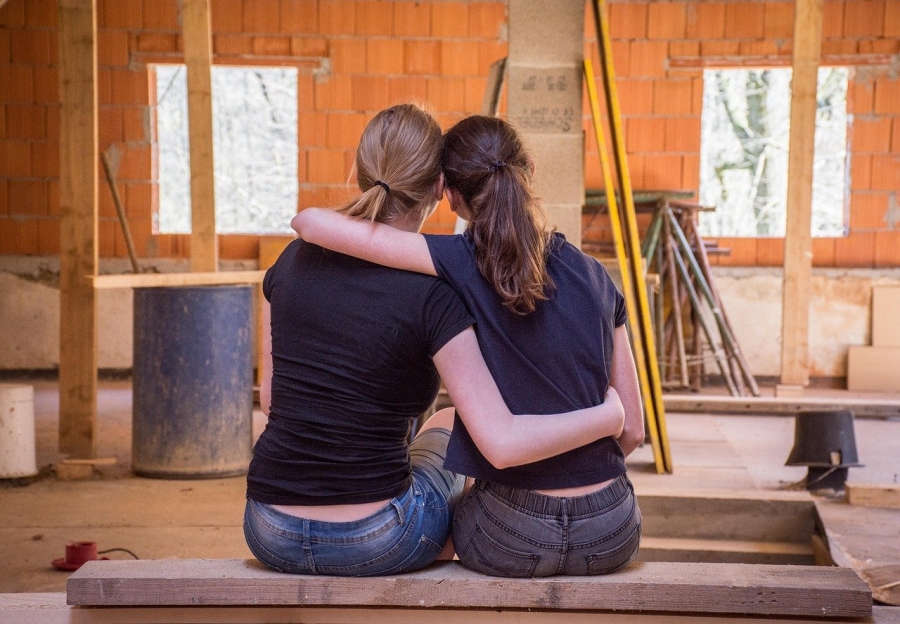Starting in March, life as we knew it started shifting for most of us because of the coronavirus pandemic. Non-essential businesses were shuttered, schools were closed, and we started spending a lot more time at home.
The pandemic is still going on, despite most states being in some phase of their reopening plan, and people are doing more things virtually than ever before.
For example, some employers are saying they’ll keep their employees working remotely for the foreseeable future.
A Changing Real Estate Market?
Inevitably, these changes have impacted the real estate market. The market has been surprisingly strong through this, with mortgage rates historically low, but that doesn’t mean buyers and sellers aren’t doing things differently.
The virtual tour is one example. Increasingly homebuyers are going through the entire process online, meaning realtors are showing them homes virtually.
A survey that came out in January, before the pandemic affected America, found that prospective homebuyers preferred to work with agents offering virtual tours. The National Association of Realtors’ 2019 report called “Home Buyer and Seller Generational Trends,” found that 48% of buyers between the ages of 39 and 63 said they found virtual tours very useful as they searched for homes.
The following are things buyers, sellers, and real estate agents should know about virtual home tours.
Agents Can Go in the Home to Do the Tour
The term virtual tour is somewhat generalized, and it can refer to a few different scenarios.
In one scenario, there’s a virtual tour that’s prerecorded, and then anyone can look at it on demand.
There are also instances, particularly now, where real estate agents representing buyers will go into the home and then walk them through it live, but still virtually using something like Zoom or FaceTime.
For some buyers, this represents a better option because their agent can help them understand the nuanced details of the home that they wouldn’t have access to otherwise. If you have a real estate agent who’s doing a tour for you, it’s a much more dynamic experience.
You can ask your agent to show you closets, or provide different angles. You can also ask them to look in the backyard or to examine certain components of the house like the foundation.
What are the Pros of Virtual Tours?
Since we’re still dealing with the effects of the pandemic, one of the perks of virtual tours for buyers is that it provides them with inherent social distancing.
Some people who might be planning a move far from their current location may not even have the option to travel right now, so virtual tours are the only way for them to conduct their search.
It’s also convenient, and there’s a lot to be said for that.
When you take a virtual tour, you don’t want to spend time traveling to the property if it’s something you’re not interested in.
Even if you don’t buy your home completely sight unseen, virtual tours can save you time in the overall process.
Virtual tours can help you get a handle on what you like and don’t like as well.
What Are the Cons of Virtual Tours?
There are downsides to virtual tours. First, you don’t get the full sensory experience of a home. It sounds silly, but homes have a “vibe” and you may feel one way or another about a space when you’re there in person. You don’t feel what the ceiling heights are as an example, or what the finishes feel like.
You’re also not getting a feel for the location if you buy a home without seeing it first. You can ask your real estate agent to provide you with information and perhaps even a virtual tour of the neighborhood, but still, it’s not the same as seeing it for yourself.
Tips for Virtual Tours
If you’re a buyer, there are some things to know going into virtual tours.
First, know what to ask your real estate agent if you’re doing a live tour. For example, remember to ask about the fundamentals like the laundry room, the garage, and the storage spaces. Have your agent show you the roof and the foundation, as well as the less glamorous parts of the house like the water heater and the furnace.
If possible, even if you aren’t going to go to the home, but you live relatively close by, try to drive around and see what you think about the neighborhood.
Finally if at all possible think of virtual tours as one part of your home buying process rather than a complete replacement. They can supplement your experience and save you time, but if you have the chance to go into the home it can help you visualize yourself there.
Message me if your thinking about buying a Fort Collins or Loveland home at m.me/EdPowersRealEstate







